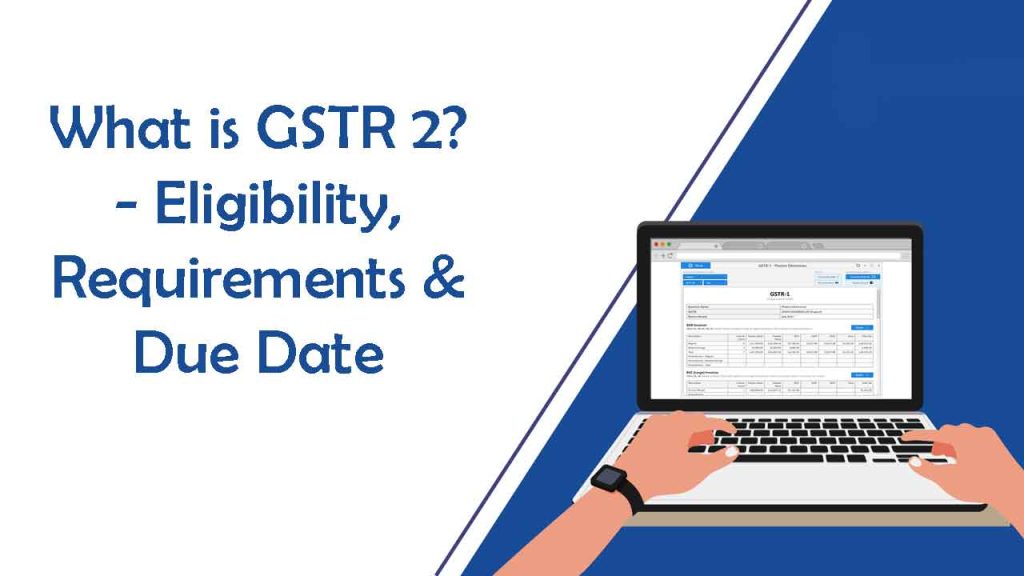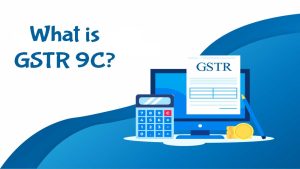GSTR-2 is a purchase return that must be submitted by all GST licenced individuals. In the GSTR 2, taxpayers must insert information about their inward supplies.
The GSTR-2 is a monthly tax return that lists your purchases for the month. Once you buy from an approved seller, the details from their sales returns (GSTR-1) would be visible throughout the GSTN portal as GSTR-2A, which you could use in your GSTR-2. Before filing your return, you can double-check this material, make adjustments if needed, and attach any data which were not auto-populated.
If you make changes to the GSTR-2A and submit it as a GSTR-2, the provider would be alerted and will be offered an option to modify their return using a GSTR-1A form.
Last date for filing GSTR 2?
The purchase information for a given month must be submitted by the 15th of the next month. For instance, if you are submitting GSTR2 for May, you must do so by June 15th.

Who should file GSTR 2?
Every GST-registered business must submit this GSTR 2. Except the people mentioned below are exempt.
- Composition dealers
- Non-resident taxable entities
- Input Service Distributors
- Entities that deduct TDS
- Persons that collect TCS
- Online Information and Database Access or Retrieval Services (OIDAR) suppliers
Must Read – What is GSTR 2A?
Requirements for filing GSTR-2
- You should be a GST authorized taxpayer with a 15-digit valid GSTIN.
- You cannot be a composition seller or own a UIN. You can therefore not be a non-resident overseas taxpayer.
- You’ll require the information from the GST portal on your GSTR-2A. To cross-check this info, hold accurate receipts for almost all of your transactions, which include intra-state & inter-state transactions, and also business-to-business (B2B) and business to customer (B2C) sales. Purchase transactions for exempted and non-GST supplies, as well as stock exchanges between your company locations in various states, are also included.
- To confirm the return the taxpayer can use the OTP number on the verified number or via a DSC of class 2 or higher would do the job. Or the taxpayer can use an Aadhar-based e-sign for GST returns.



